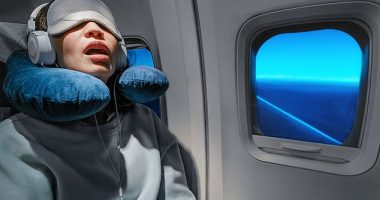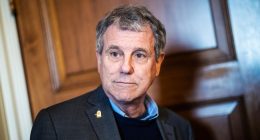ALL humans fit into six categories that determine what point of the day is your most productive and alert, according to scientists.
These ‘power hour’ categories are called chronotypes and suggest it’s more complex than someone just being a night owl or an early bird.
Chronotypes are connected to circadian rhythms, a natural internal process that regulates your sleep wake cycle.
These rhythms are a bit like a body clock and help you determine when you feel more awake or most tired.
However, the new sleep research explains that things might not quite be as simple for people as previously thought.
Human physiology researcher Dmitry S. Sveshnikov from RUDN University in Russia, explained: “The research of individual chronobiological and chronopsychological differences is predominantly focused on the morning and evening chronotypes.
“However, recent studies suggest that the existing classification needs to be reconsidered and expanded.”
Sveshnikov and colleagues conducted a study on 2,300 people.
They were mostly university students.
The sleep scientists tested and questioned the participants to grade their levels of sleepiness throughout the day.
Six chronotype categories were given to the participants rather than the standard “morning person” or “night person”.
They are: morning type, evening type, highly active type, daytime sleepy type, daytime active type, and moderately active type.
The graph above shows how each “type” of person would experience energy levels throughout the day.
For example, an “evening type” person would get progressively more energy throughout the day.
A total of 58% of participants related to the four new chronotypes that weren’t just “morning type” or “evening type”.
However, the most popular category was “evening type” with 24% of the vote.
Future research is planned into the chronotypes to see how they effect people in their day to day lives.
The recent findings are reported in the journal Personality and Individual Differences.
In other news, a high-tech mask that sobers you up three times faster than normal has been invented by scientists.
The human ageing process has been reversed in a ground-breaking study, scientists have claimed.
And, alcohol tolerance might have saved our ancestors from extinction, according to scientists.
What ‘power hour’ category do you fall into? Let us know in the comments…
We pay for your stories! Do you have a story for The Sun Online Tech & Science team? Email us at [email protected]
This post first appeared on Thesun.co.uk

















